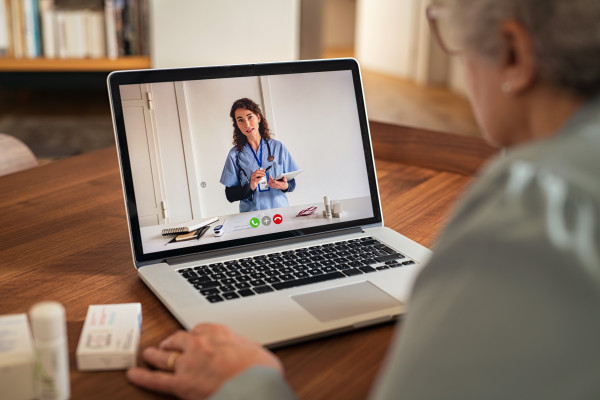ONE of the silver linings of the pandemic has been the expansion of telehealth services, especially for those of us living in regional communities.
When the federal Coalition government introduced telehealth two years ago it was designed as a temporary initiative in respond to the isolation restrictions of COVID-19.
Since then, it has delivered more than 100 million services across the nation. The uptake of the service has ensured that Australians, no matter where they live, can get the treatments and medicines they need.
For a regional health system already experiencing strain, this was a lifeline. I strongly advocated a further extension of telehealth to Greg Hunt when he was the federal health minister, and I’m pleased it was extended.
At the start of this month, Labor’s new Federal Health Minister decided to discontinue funding-specific telehealth features – namely phone consultations over 20 minutes, initial specialist consultations, plus some disability and mental health services.
This government has to ensure that all Australians have access to a health system that is fit for purpose. This decision reveals how out of touch the Albanese government is with regional communities.
Health care inequity exists in this country and disadvantages regional Australians. The decision to reduce services will only exacerbate this disadvantage.
Cutting telephone consultations impacts older residents and those who have only landlines or face difficulty accessing video technology (which will continue to be funded). Connectivity remains an issue for some.
Now is not the time to cut longer telephone consultations, given the availability of antiviral treatments, which require careful consideration of other medications to avoid adverse interactions.
Older people and people with chronic health issues need time to work through the best options. Too many people have put off seeking help for health concerns during COVID. Another barrier to receiving the care is the last thing they need.
Now is time to acknowledge the vital role that telehealth plays to meet the care needs of people living outside capital cities.








